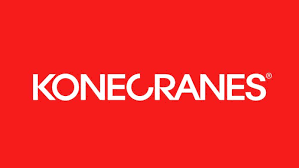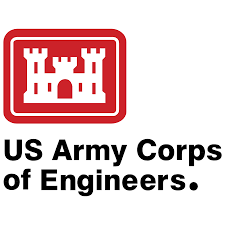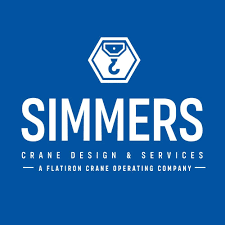High Performance Crane, Components, Parts, and Services
Load testing, loadcells, crane safety lights, wheels, radio controls, sheaves, and more! From recognized 20+ year crane guys.
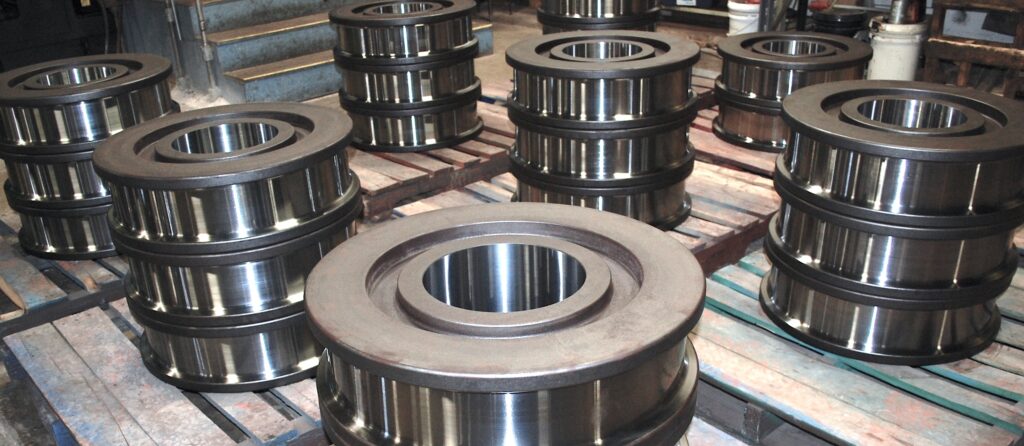
Crane Wheels
Forged crane wheels and sheaves from Hall Industries for use in mills, shipyards, and ports.
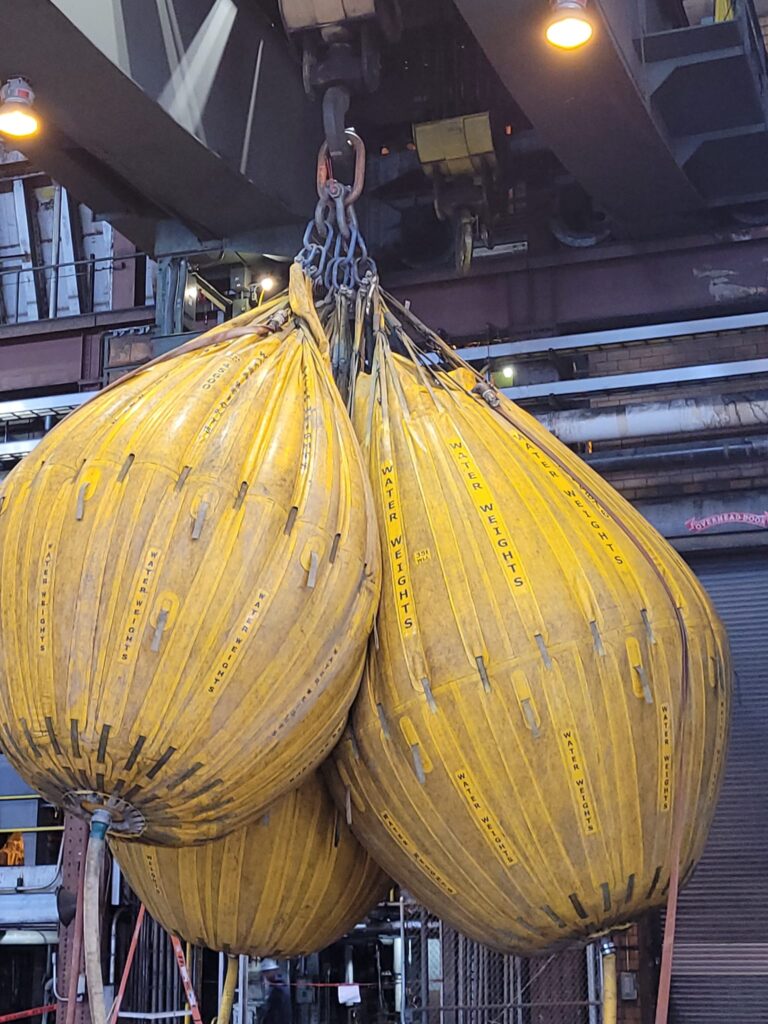
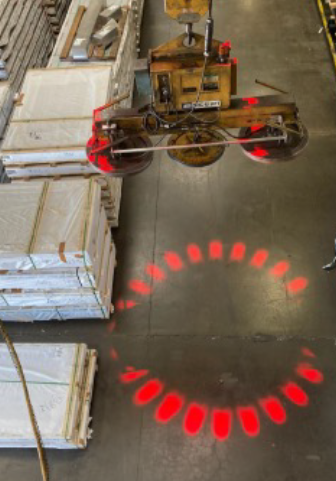
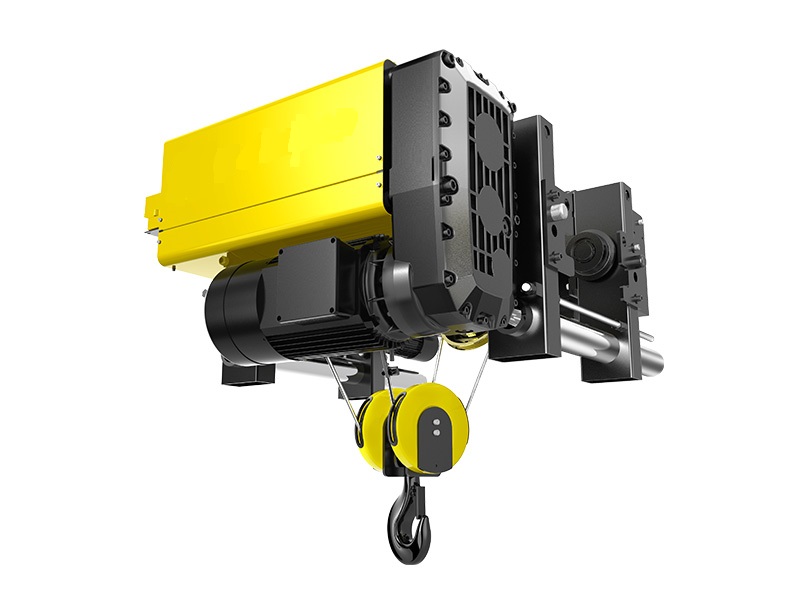
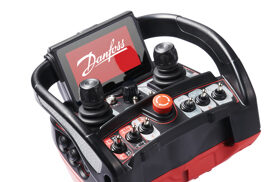
Crane Radios
Belly box and handheld radios for single-crane or multi-crane as well as the only ATEX-rated handheld.

Training
Crane operator, rigging, train-the trainer, and inspection (both crane and rigging).
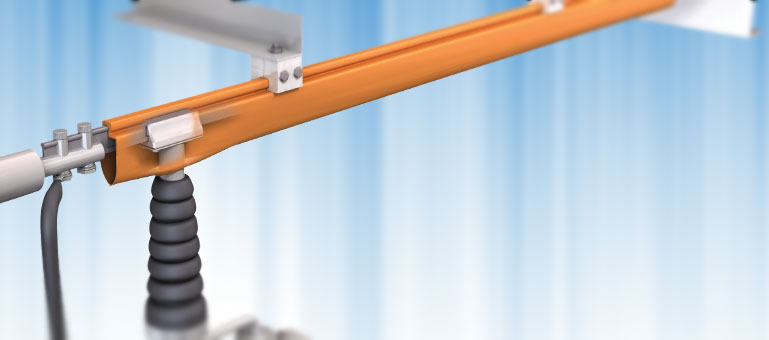
Spanguard Conductor
The most durable conductor for severe environments like steel mills, precast cement, and paper mills.
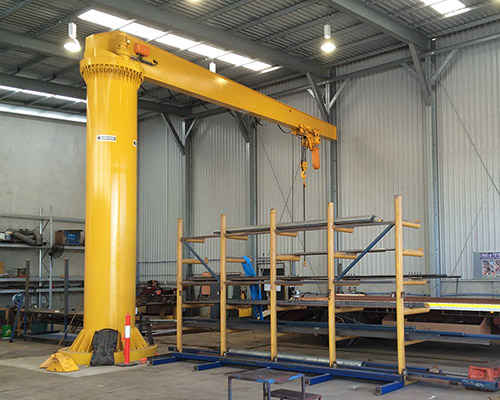
Jib/Gantry Cranes
Smaller and lighter cranes built to last at a competitive price. Chain hoists optional.
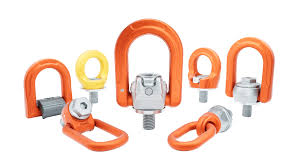
Pewag Chain & Fittings
The oldest chain maker in Western Europe. Also slings, hooks, eyebolts, and more. Stock in Chicago.
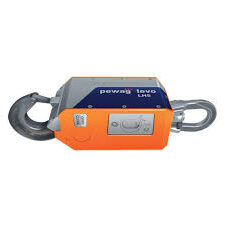
Levo Remote Hooks
Release and grip loads from a distance and reduce the possibility of hand injury.
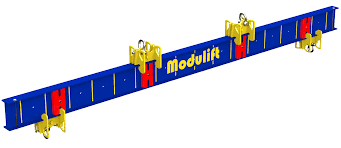
Modulift Spreaders
Modular spreader lifting beams with capacities from 2 to 3000 tons and spans to 330′.
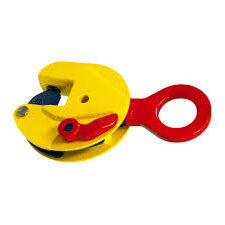
Terrier Plate Clamps
Fast delivery and stock in Chicago. Western European origin. Five year warranty.
FEATURED WORK
600 ton load test
Recently we load tested four cranes to 601 tons despite a heinous blizzard and shortage of equipment and gear. Our team thrives in demanding environments like steel mills, ports, shipyards, and mines.
FEATURED WORK
Rotating hook block with loadcell
We combined our IWS-Danfoss radio, a powered rotating hook block, and a load cell to create the ultimate in safety. The operator can stand back and operate the crane. He knows he can’t overload it.
Our Clients
We work with the top names in national and regional crane companies and steel mils.

